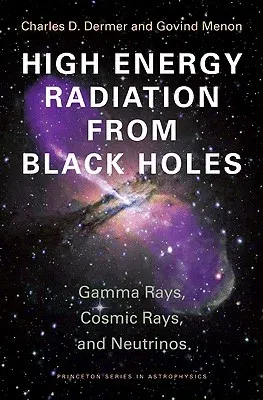Bright gamma-ray flares observed from sources far beyond our Milky Way
Galaxy are best explained if enormous amounts of energy are liberated by
black holes. The highest- energy particles in nature--the
ultra-high-energy cosmic rays--cannot be confined by the Milky Way's
magnetic field, and must originate from sources outside our Galaxy.
Understanding these energetic radiations requires an extensive
theoretical framework involving the radiation physics and strong-field
gravity of black holes. In High Energy Radiation from Black Holes,
Charles Dermer and Govind Menon present a systematic exposition of
black-hole astrophysics and general relativity in order to understand
how gamma rays, cosmic rays, and neutrinos are produced by black holes.
Beginning with Einstein's special and general theories of relativity,
the authors give a detailed mathematical description of fundamental
astrophysical radiation processes, including Compton scattering of
electrons and photons, synchrotron radiation of particles in magnetic
fields, photohadronic interactions of cosmic rays with photons,
gamma-ray attenuation, Fermi acceleration, and the Blandford-Znajek
mechanism for energy extraction from rotating black holes. The book
provides a basis for graduate students and researchers in the field to
interpret the latest results from high-energy observatories, and helps
resolve whether energy released by rotating black holes powers the
highest-energy radiations in nature. The wide range of detail will make
High Energy Radiation from Black Holes a standard reference for
black-hole research.

